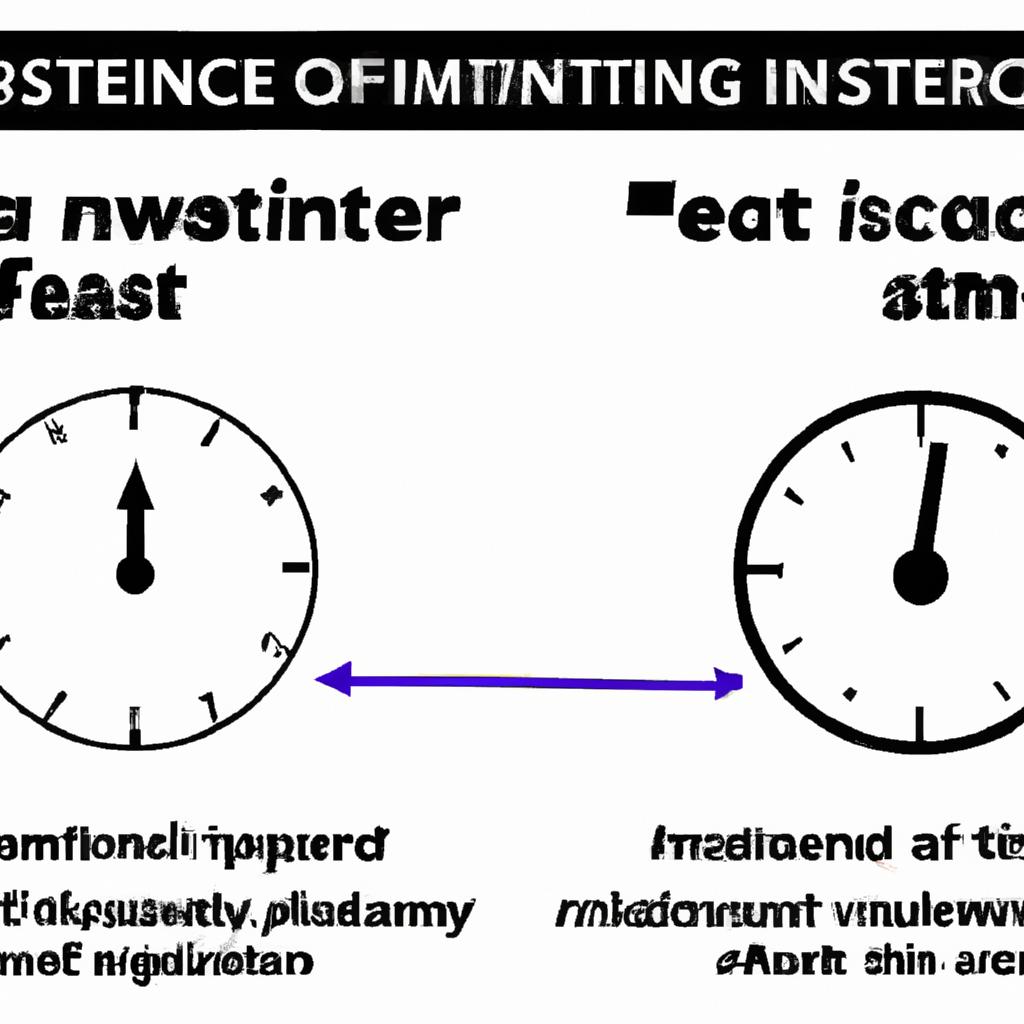The Science Behind Intermittent Fasting: How 16:8 and 5:2 Affect Metabolism and Hormone Regulation
The Science Behind Intermittent Fasting: How 16:8 and 5:2 Affect Metabolism and Hormone Regulation
Intermittent fasting (IF) has gained popularity for weight management and health improvement. The 16:8 and 5:2 methods stand out for their simplicity and flexibility. These methods enhance metabolism and hormone regulation, providing numerous health benefits. This blog explores the science behind these fasting methods, their effects on metabolism and hormones, and tips for incorporating them into daily life.
Understanding Intermittent Fasting
Intermittent fasting is an eating pattern that alternates between eating and fasting. The 16:8 method allows food intake within an 8-hour window each day, followed by a 16-hour fast. For example, one might eat from noon to 8 PM and fast from 8 PM until noon the next day. The 5:2 approach permits regular eating for five days, restricting calorie intake to 500-600 calories on two non-consecutive days.
Research shows that intermittent fasting significantly alters metabolic processes. It promotes fat burning and improves insulin sensitivity, crucial for weight management and health. Understanding the science behind these methods helps individuals make informed health choices.
The Science of Metabolism and Hormone Regulation
Metabolic Benefits
Intermittent fasting primarily benefits metabolism. When the body fasts, several physiological changes occur. Insulin levels drop, allowing access to stored fat for energy. Lower insulin levels enhance fat oxidation, enabling the body to burn fat effectively.
Fasting also stimulates norepinephrine production, a hormone that boosts metabolic rate and promotes fat burning. Research indicates that intermittent fasting can elevate metabolic rates by 3-14%, depending on individual factors and fasting duration. This metabolic boost aids weight loss and fat reduction.
Hormonal Changes
Intermittent fasting triggers hormonal changes that support weight loss and metabolic health. Fasting increases human growth hormone (HGH) levels, which are crucial for muscle gain, fat loss, and overall health. Elevated HGH levels enhance fat burning and muscle preservation, aiding in maintaining a healthy body composition.
Additionally, fasting improves cell sensitivity to insulin, reducing the risk of insulin resistance and type 2 diabetes. Enhanced insulin sensitivity allows the body to process glucose efficiently, resulting in better energy levels and fewer cravings.
Nutrition Tips for 16:8 and 5:2
Focus on Nutrient-Dense Foods
Choose whole, nutrient-dense foods to maximize health benefits during eating windows. Prioritize fruits, vegetables, lean proteins, and healthy fats.
Conclusion
Intermittent fasting offers effective methods for weight management and improved health. Understanding its science empowers individuals to make informed choices.
Below are related products to the topic if you’re interested:
FAQ
What are the main differences between the 16:8 and 5:2 intermittent fasting methods?
The 16:8 method allows you to eat within an 8-hour window each day, followed by a 16-hour fasting period. For example, you might eat from noon to 8 PM. In contrast, the 5:2 method permits regular eating for five days of the week, while restricting calorie intake to 500-600 calories on two non-consecutive days.
How does intermittent fasting affect metabolism?
Intermittent fasting primarily benefits metabolism by lowering insulin levels, which allows the body to access stored fat for energy. It also stimulates norepinephrine production, which boosts metabolic rate and promotes fat burning. Research suggests that intermittent fasting can elevate metabolic rates by 3-14%, aiding in weight loss and fat reduction.
What nutritional strategies should I follow while practicing intermittent fasting?
To maximize health benefits during eating windows, focus on consuming whole, nutrient-dense foods. Prioritize fruits, vegetables, lean proteins, and healthy fats to ensure you are getting the necessary nutrients while following either the 16:8 or 5:2 fasting methods.















Post Comment